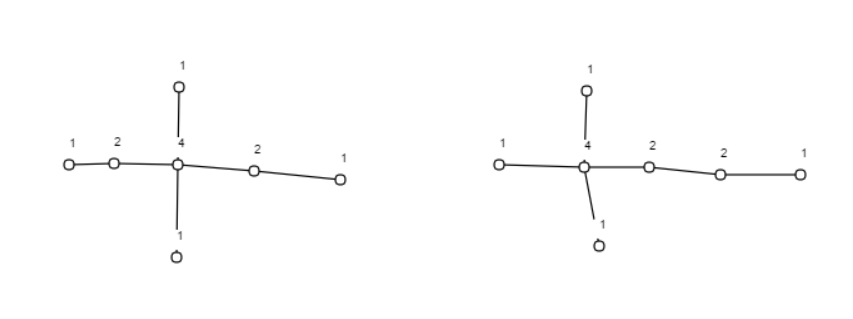Flop21
Well-Known Member
- Joined
- May 12, 2013
- Messages
- 2,795
- Gender
- Female
- HSC
- 2015
Re: UNSW MATH1081 Discrete Maths
When creating the table to show a graph is isomorphic... how do I work out what vertex pairs with the second graph's vertex? Does it even matter, as long as their degrees are the same?
When creating the table to show a graph is isomorphic... how do I work out what vertex pairs with the second graph's vertex? Does it even matter, as long as their degrees are the same?

